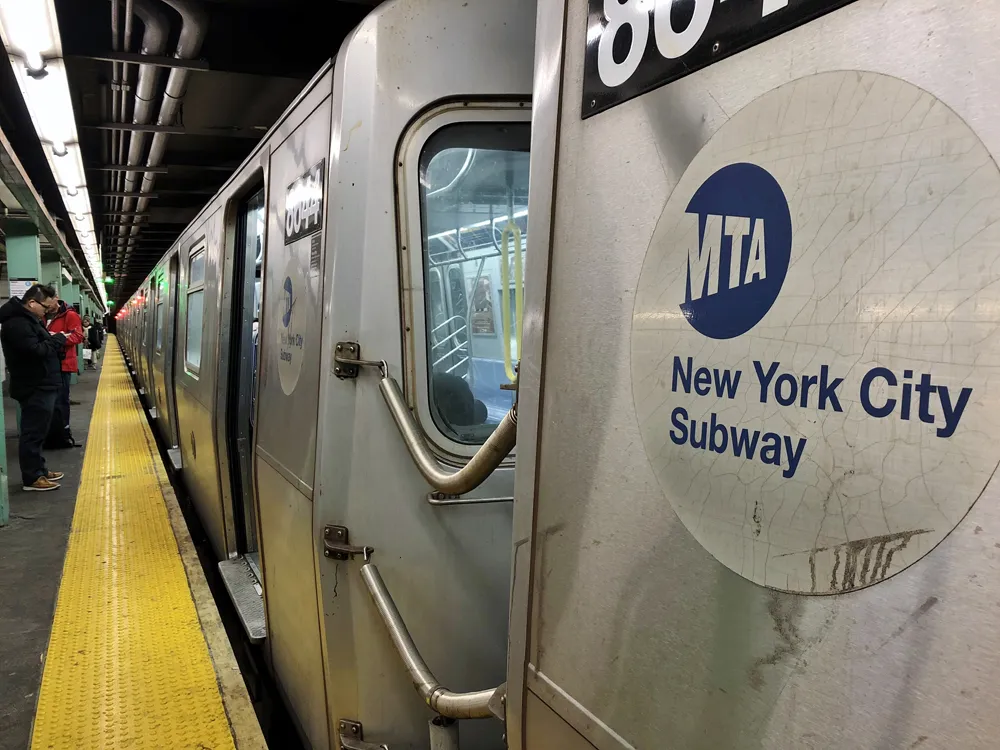The Thai government hopes to immediately kick-start its infrastructure investment spending as soon as the US$63.26bn borrowing bill is passed. The massive investment is expected to help reduce logistics costs and turn Thailand into an Asean transport hub. The plans include building four-lane roads and widening existing two-lane roads to four lanes, construction of five dual track rail lines and improvement of existing routes, some of which could begin immediately, together with 41 new customs checkpoints. F
November 13, 2013
Read time: 1 min
The Thai government hopes to immediately kick-start its infrastructure investment spending as soon as the US$63.26bn borrowing bill is passed.
The massive investment is expected to help reduce logistics costs and turn Thailand into an Asean transport hub.
The plans include building four-lane roads and widening existing two-lane roads to four lanes, construction of five dual track rail lines and improvement of existing routes, some of which could begin immediately, together with 41 new customs checkpoints.
Four projects which could begin in 2014 are the expansion of the Phetkasem Sai 4 Road in Bangkok, a new tollway between Ayutthaya's Bang Pa-in district and Nakhon Ratchasima town, five dual-track rail routes and extended electric train routes in Greater Bangkok.
Deputy Prime Minister and Finance Minister Kittiratt Na-Ranong said: “Acceleration of the government's budget disbursement is a crucial tool to stimulate the country's economic expansion next year.”
The massive investment is expected to help reduce logistics costs and turn Thailand into an Asean transport hub.
The plans include building four-lane roads and widening existing two-lane roads to four lanes, construction of five dual track rail lines and improvement of existing routes, some of which could begin immediately, together with 41 new customs checkpoints.
Four projects which could begin in 2014 are the expansion of the Phetkasem Sai 4 Road in Bangkok, a new tollway between Ayutthaya's Bang Pa-in district and Nakhon Ratchasima town, five dual-track rail routes and extended electric train routes in Greater Bangkok.
Deputy Prime Minister and Finance Minister Kittiratt Na-Ranong said: “Acceleration of the government's budget disbursement is a crucial tool to stimulate the country's economic expansion next year.”









